Jaguar Is Going to Try and Sell the I-Pace in India

Jaguar Land Rover unveiled its all-electric SUV to the Indian market this week, proving that it’s dead serious about expanding the I-Pace’s customer base. While parent company Tata Motors undoubtedly has a fondness for its home region, we cannot help but wonder if its a market worthy of pursuit considering the model’s starting price.
The manufacturer has the (90-kWh) I-Pace stickered at 105.91 lakh rupees, which translates to about $147,000 USD. Considering the unique way India writes out denominations and often transitions between crore and lakh as a way to avoid listing high-value items in the millions of rupees, we were initially convinced we’d messed up the conversion. The sum would not only eclipse the $70,000 MSRP Jaguar has affixed to the I-Pace in the United States, it makes it highly uncompetitive against the luxury EVs already on a market that’s not known for its wealthy consumer base. How could this be JLR and Tata’s preferred strategy?
India is likewise lagging behind other populous nations in terms of EV adoption, mainly because it doesn’t have the infrastructure to support them. While the government has attempted to mitigate this by incentivizing private firms to building charging points along highways or just installing them at state-controlled fueling stations, large portions of the energy grid couldn’t possibly support widespread EV adoption. As things currently stand, only about 85 percent of Indians have regular access to electricity and the entire country has to share about 950 EV charging stations. But even the most isolated rural communities can source and store liquid fuel without too much trouble.
The gradual realization of this fact has forced Indian officials to scale back ambitions as it focuses on the fundamentals. In 2017, the country announced its desire to end the production of new internal-combustion cars by 2030. But the citizenry pushed back, complaining that EVs would need to come down immensely in price. India also has a relatively strong DIY community and many were worried that electric cars wouldn’t be something they could fix at home. The new plan has about one-third of new vehicle sales being electric by 2040 as the government attempts to solve the infrastructure puzzle.
Where does this leave the I-Pace? Stuck on the Ganges without out a paddle, we’d imagine. But Jaguar Land Rover India President Rohit Suri has suggested there are big advantages to being early. By being one of the only luxury EVs sold on the market, JLR thinks it can solidify itself as one of the premiere electric brands as the market matures.
“Given the high appeal and desirability of the Jaguar brand, we are confident that Jaguar I-Pace will be one of best-selling EVs in the country,” he said.
However, the automaker is likely in for an extended wait. In addition to the country’s infrastructure stalling its ability to abandon internal combustion vehicles, India’s EV sales currently account for less than 1 percent of all passenger vehicles.
[Image: JLR]

A staunch consumer advocate tracking industry trends and regulation. Before joining TTAC, Matt spent a decade working for marketing and research firms based in NYC. Clients included several of the world’s largest automakers, global tire brands, and aftermarket part suppliers. Dissatisfied with the corporate world and resentful of having to wear suits everyday, he pivoted to writing about cars. Since then, that man has become an ardent supporter of the right-to-repair movement, been interviewed on the auto industry by national radio broadcasts, driven more rental cars than anyone ever should, participated in amateur rallying events, and received the requisite minimum training as sanctioned by the SCCA. Handy with a wrench, Matt grew up surrounded by Detroit auto workers and managed to get a pizza delivery job before he was legally eligible. He later found himself driving box trucks through Manhattan, guaranteeing future sympathy for actual truckers. He continues to conduct research pertaining to the automotive sector as an independent contractor and has since moved back to his native Michigan, closer to where the cars are born. A contrarian, Matt claims to prefer understeer — stating that front and all-wheel drive vehicles cater best to his driving style.
More by Matt Posky
Latest Car Reviews
Read moreLatest Product Reviews
Read moreRecent Comments
- Kwik_Shift_Pro4X The dominoes start to fall...
- IBx1 Get the standard established, then stop building the chargers while you let others license the design from you to build more stations with your standard disgusting
- IBx1 “Dare to live more”-company that went from making the Countach and Diablo to an Audi crossover with an Audi engine and only pathetic automatic garabge ”live mas”-taco bell
- Pianoboy57 Not buying one of these new when I was a young guy was a big regret. I hated the job I had then so didn't want to commit to payments. I did own a '74 Corona SR later for a short time.
- FreedMike This wasn’t unpredictable. Despite what the eV HaTerZ kLuBB would like you to believe, EV sales are still going up, just not as quickly as they had been, but Tesla’s market share is down dramatically. That’s the result of what I’ve been saying for a long time: that the competition would eventually start catching up, and that’s exactly what’s happening. How did this happen? It boils down to this: we’re not back in 2019 anymore. Back then, if you wanted an EV that wasn’t a dorky looking ecomobile like a Leaf or Bolt, it was pretty much Tesla or bust, and buyers had to deal with all the endemic Tesla issues (build quality problems, bizarre ergonomics, weird styling, and so forth). That’s not the case today – there is a ton of competition, and while these newer models aren’t quite there when it comes to EV tech, they’re getting closer, and most of the Tesla weirdness just doesn’t apply. And then there’s this: stale product is the kiss of death in the car biz, and aside from the vanity project known as Cybertruck, all of Tesla’s stuff is old now. It’s not as “bleeding edge” as it used to be. For a company that made its’ bones on being on the forefront of tech, that’s a big problem.I don’t think Tesla is out of the game – not by a long shot. They’re still the market leader by a very wide margin, and their EV tech is the best in the game. But they need to stop focusing on stuff like the Cybertruck (technically fascinating, but it’s clearly an Elon Musk ego trip), the money/talent suck that is FSD, and the whole robotaxi thing, and put product first. At a minimum, everything they sell needs a very heavy refresh, and the entry level EV is a must.




















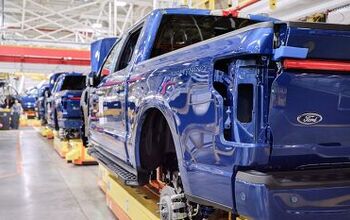
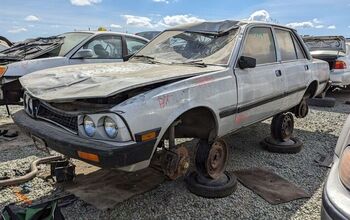
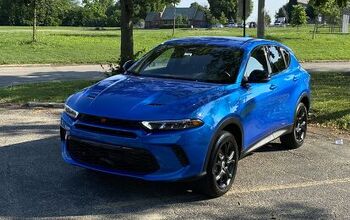
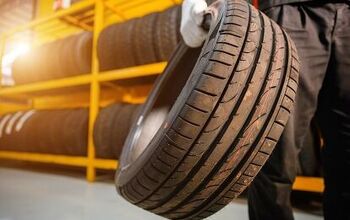

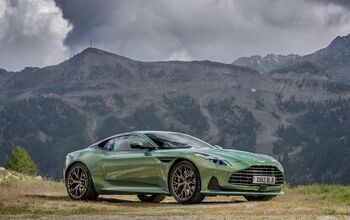
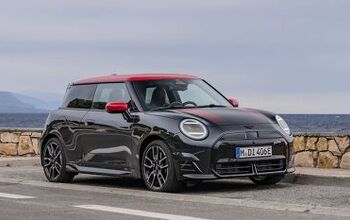
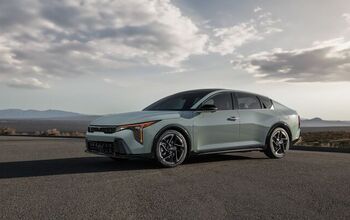
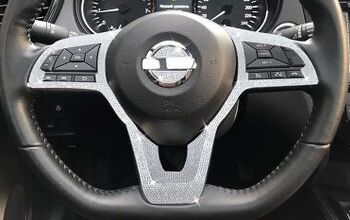
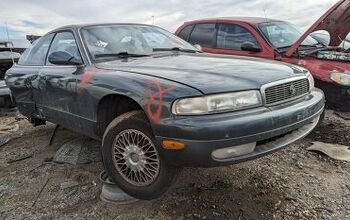

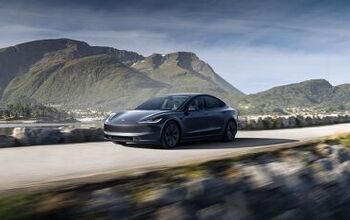
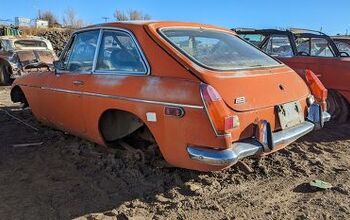

Comments
Join the conversation
"Jaguar Land Rover unveiled its all-electric SUV to the Indian market this week, proving that it’s dead" I completely agree with you.
Ummmm...."a market that’s not known for its wealthy consumer base"?? Yes, the very wealthy are a small proportion of India's population... but of nearly 1.4 BILLION. The number of billionaires in India is only behind US, China and Germany; and the very wealthy in India (not billionaires) live a lifestyle almost unimaginable to most North Americans. In Canada, we're not rich, but are reasonably well off as a couple of senior professionals at the peak of our careers. Despite this, we have to be much more conscious about costs when traveling in India than we do here. Casual dining, fine dining, international-grade hotel stays are as or more expensive than in downtown Toronto, Vancouver, Chicago, Boston or New York, yet they are packed with Indians who don't think twice. We stayed at a Park Hyatt in Goa and were shocked by the meal prices - we and a family from DC (who were both specialist physicians) were the poor people at the packed resort. I've never seen so many gold Rolexes in one room. Conspicuous consumption is very typical in the "very wealthy" crowd, and I saw more Porsche Cayenne Turbos on the streets of Kolkata than I do on the streets of Ottawa. And Kolkata is not the big market for luxury goods - Mumbai, Delhi, and Bangalore would probably be much larger. I'm not suggesting that the i-Pace will be a success priced the way it is, but if they can market it with an element of national pride they may sell enough to make India a significant market for them.